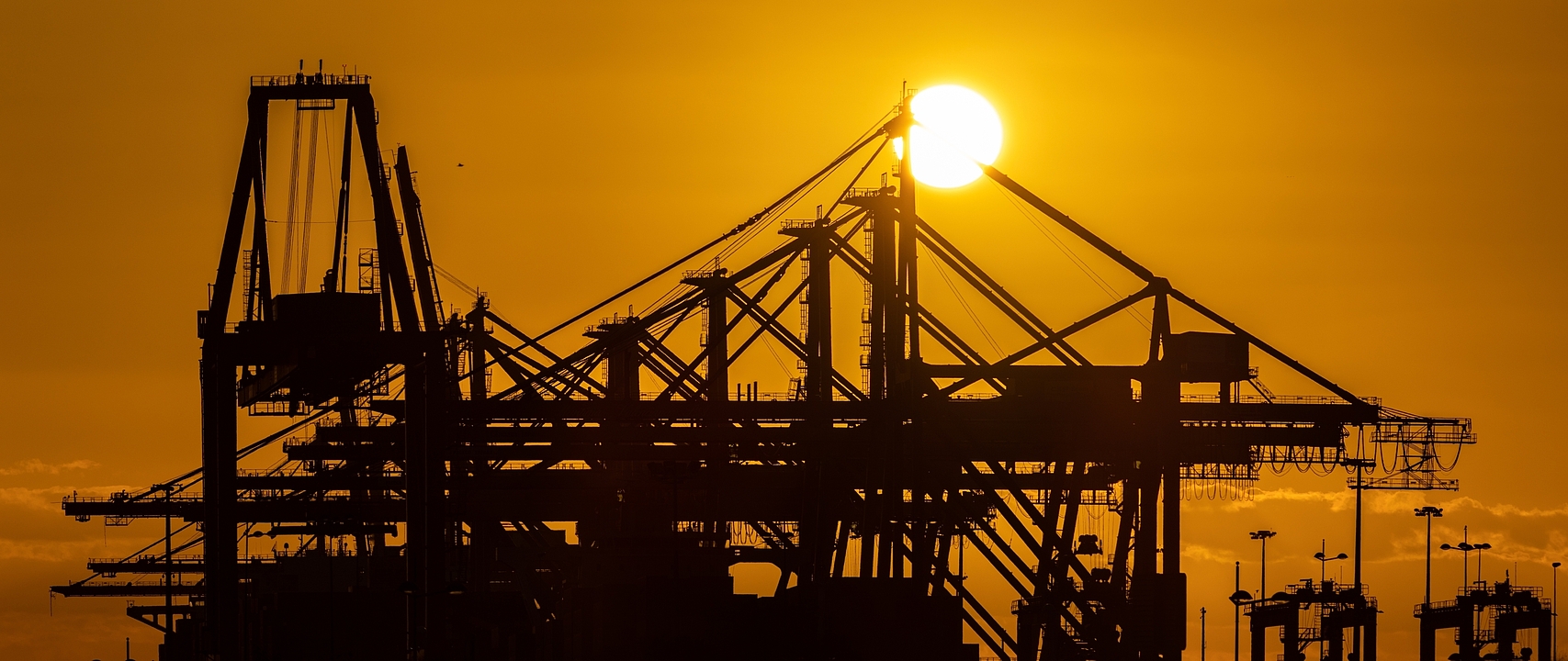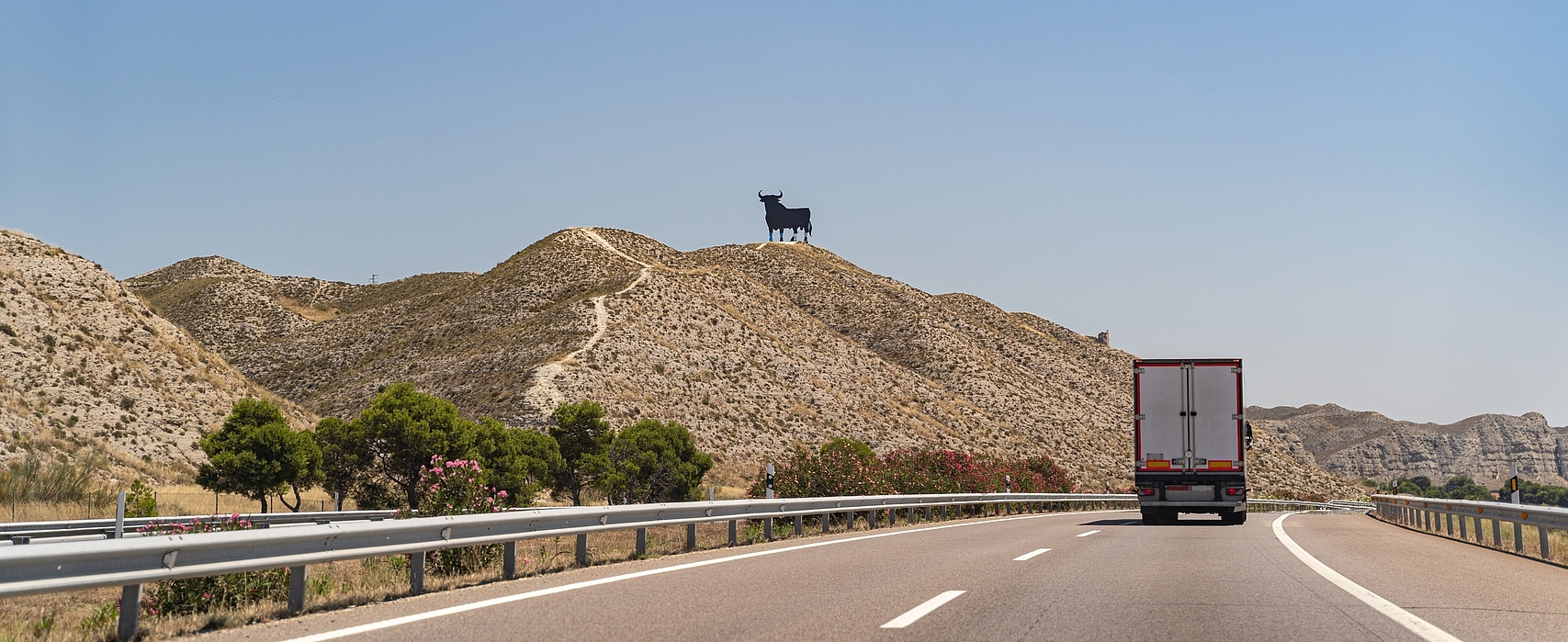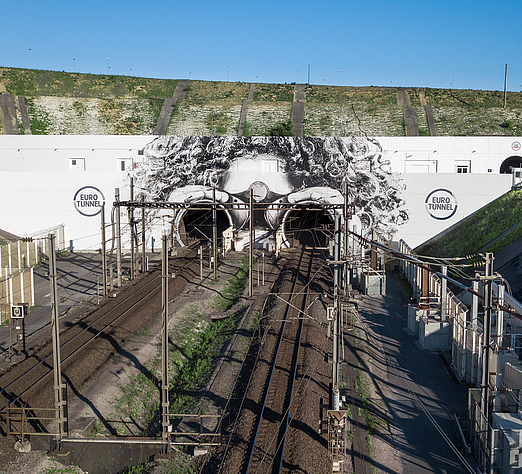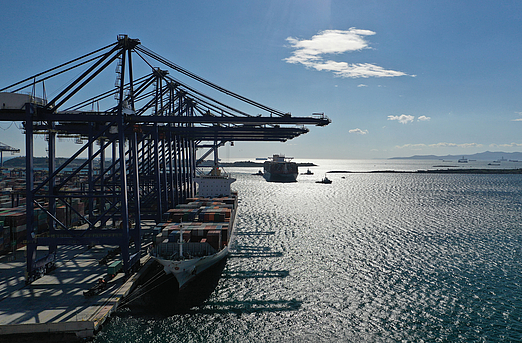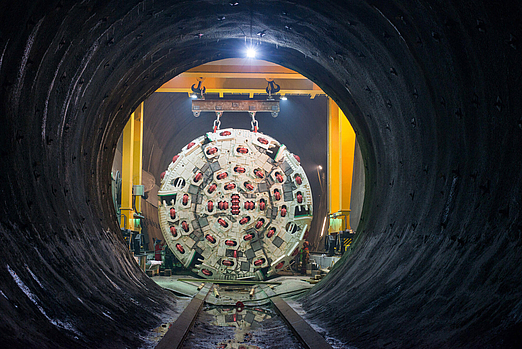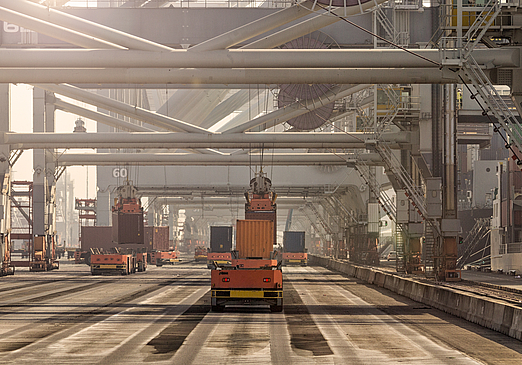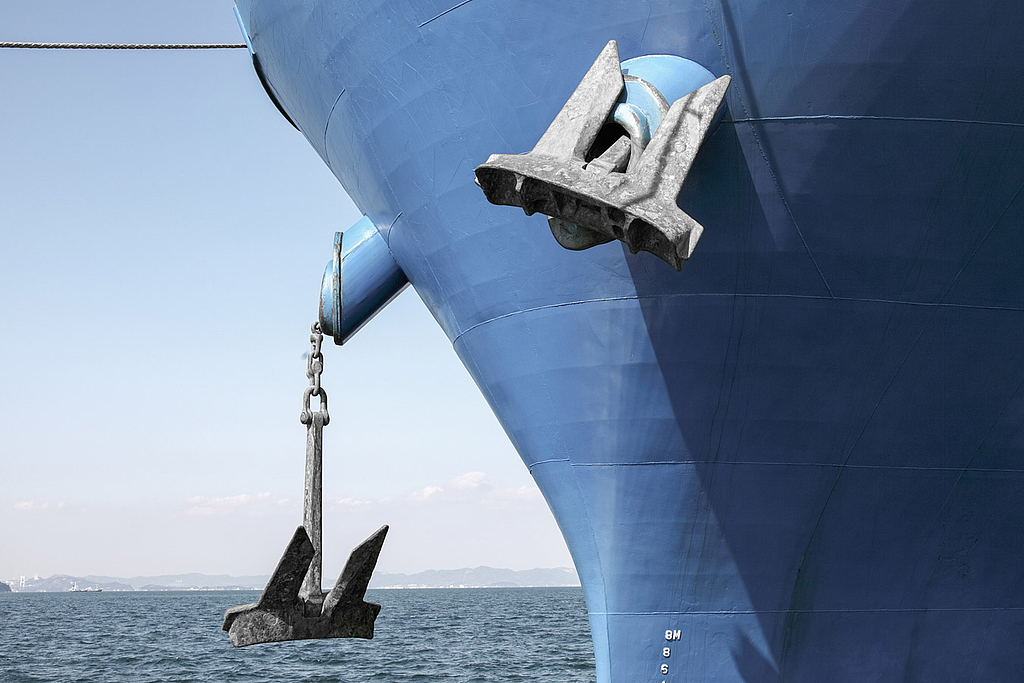Parallel highways, two burgeoning ports and a springboard to Latin America
¡Viva España!
- Facts
The country on the Iberian Peninsula is famous for its rich past, its cultural and culinary diversity, and it is a popular vacation destination. Spain also has extremely diverse landscapes. While it is clearly closely aligned with the Mediterranean Sea and Atlantic Ocean, the countryside is also impressive away from the coasts with its endless plains and mountains. Its attractions range from cultural and culinary to scenic – thanks to this variety, after France, Spain is the second-most visited country in the world. But tourism isn’t the only thing that makes Spain interesting – the country also offers a few unique characteristics when it comes to transport.
